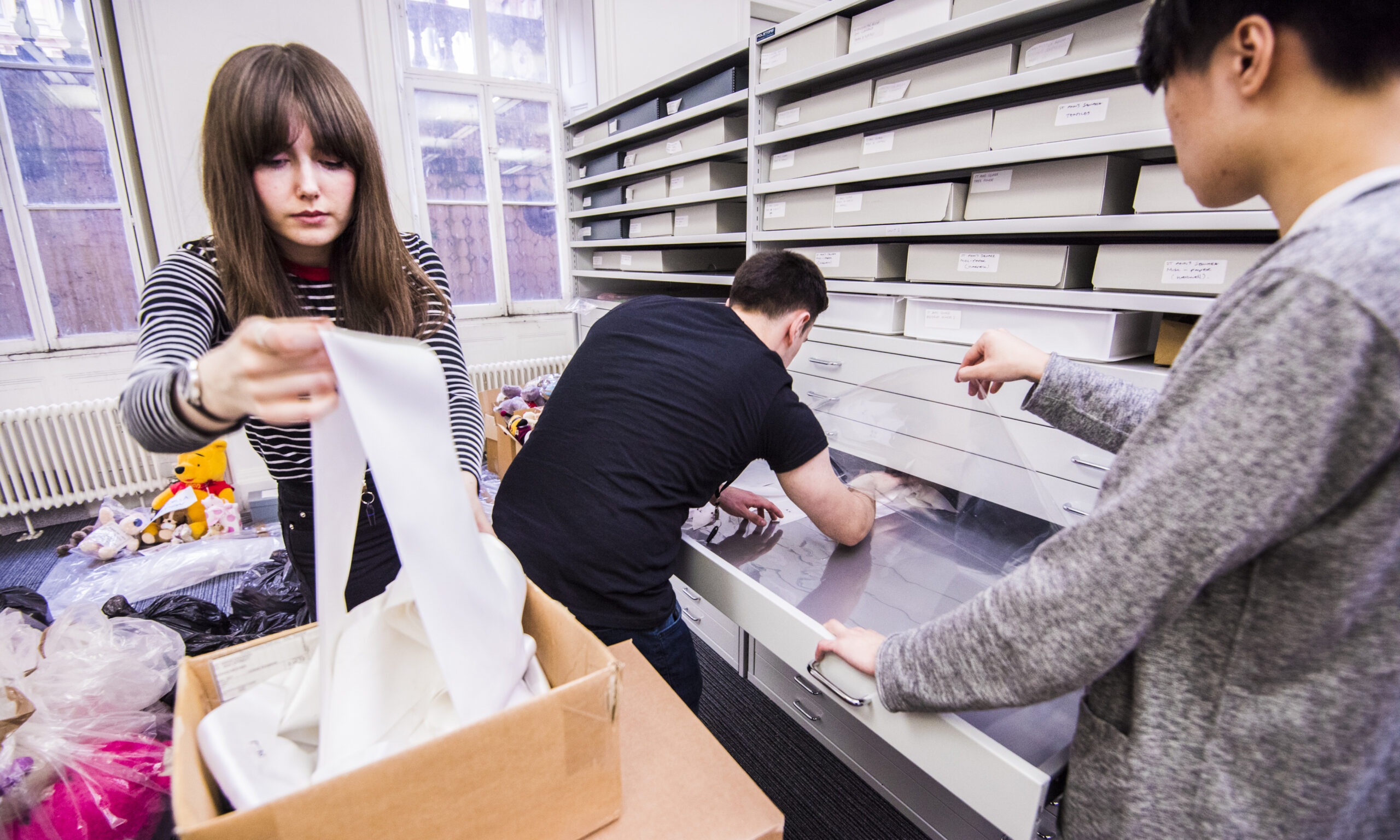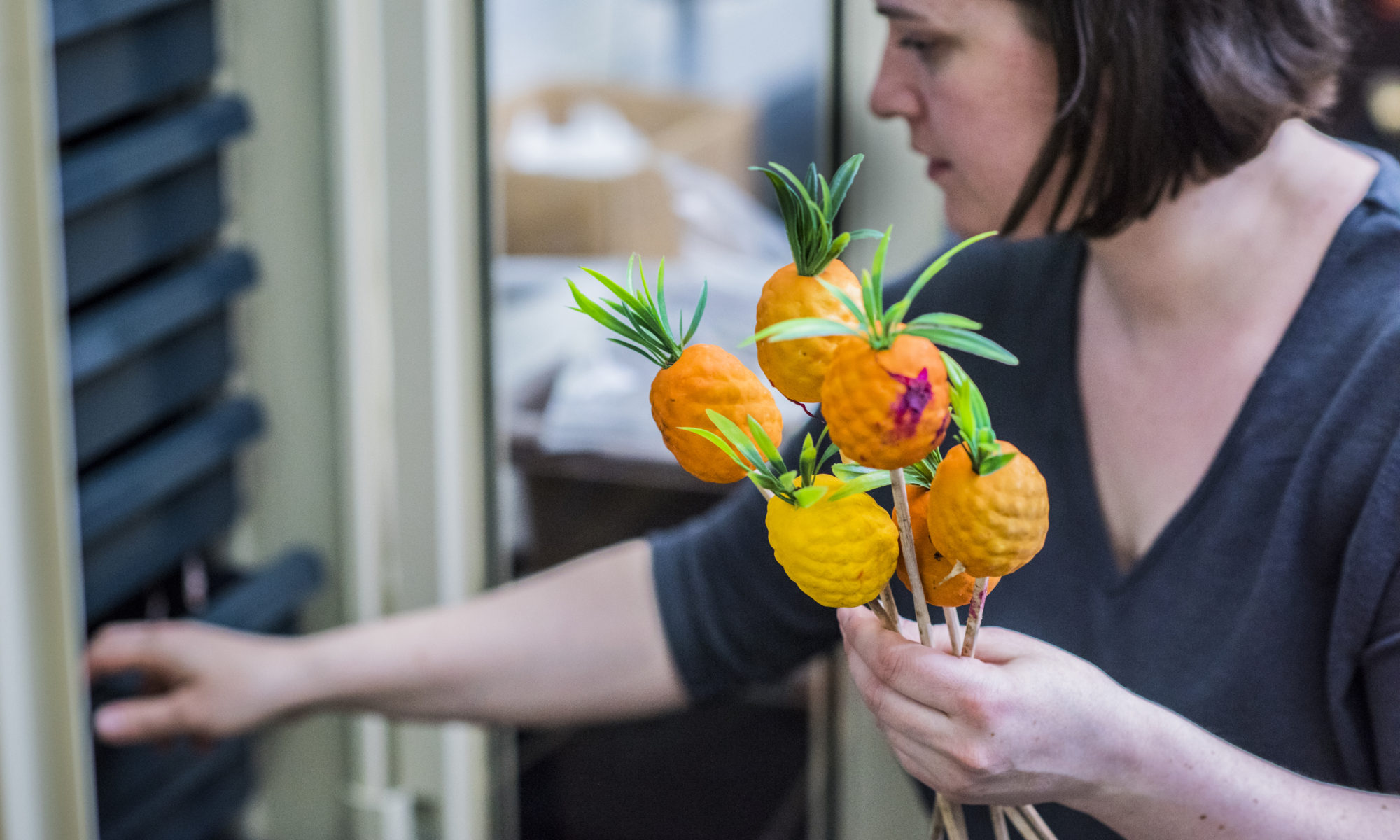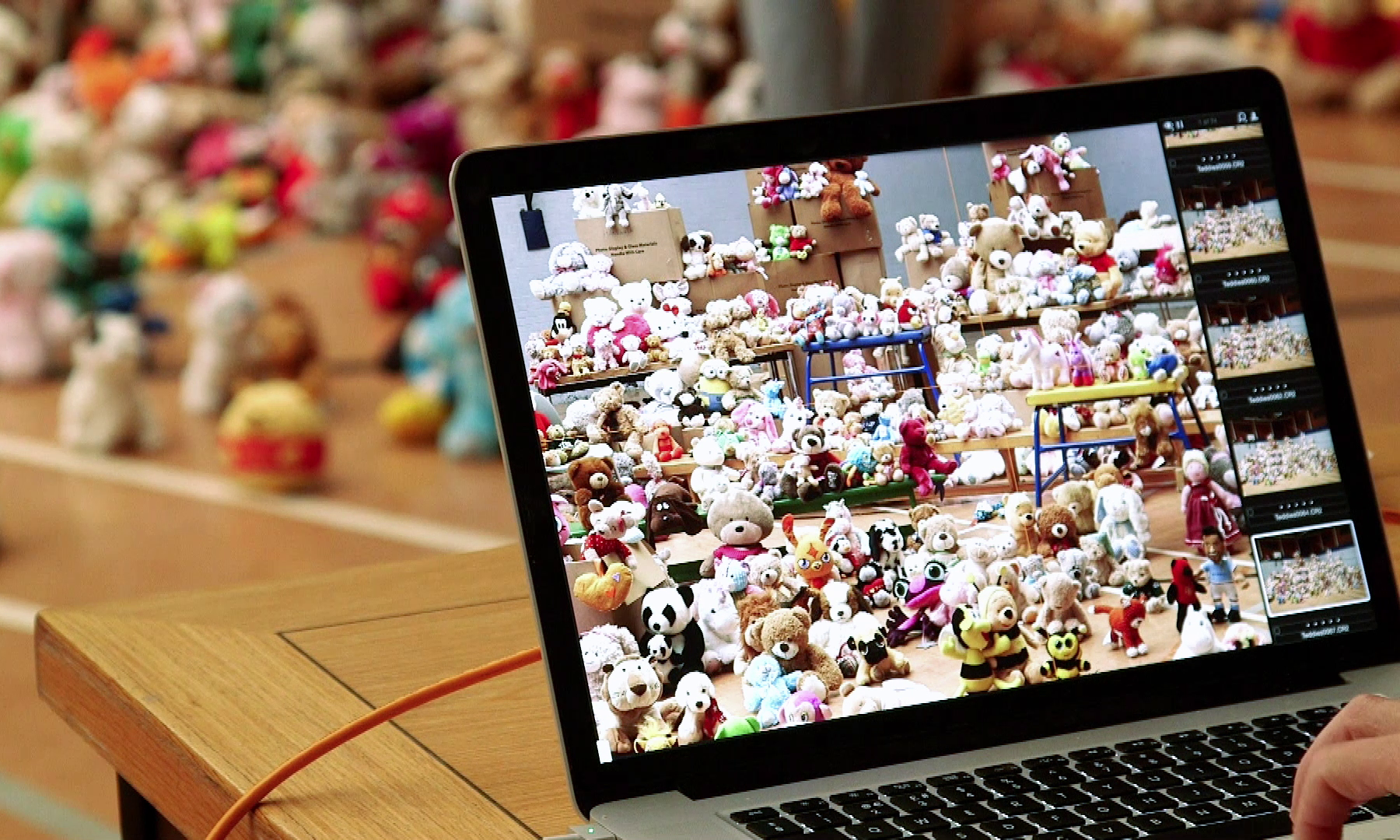What is Plan Care Heal?
Plan Care Heal is a conceptual and operational framework for collecting and managing spontaneous memorials. Our intended audience is anyone working with spontaneous memorial collections at any stage, and our core message is that of support, reassurance, advocacy, and resource sharing.



Meet the Network
The Network of Archives of Spontaneous Memorials brings together individuals and organisations involved in creating, documenting and using archives of spontaneous memorials.
It currently includes members related to seven cases of spontaneous memorials that appeared after terrorist attacks or disasters: Barcelona 2017, Brussels 2016, Manchester 2017, Nice 2016, Paris 2015, Shoreham 2015 and Stockholm 2017. It, also, includes representatives of related cultural and archival organisations.
Join our Network
Explore our Blog

Orbiting the Archive: Reflections on Emotional Wellbeing in Researching the Manchester Together Archive
By Kostas Arvanitis and Robert Simpson In the aftermath[…]

Photographic Documentation of Grassroots, Spontaneous and Temporary Memorials
By Kostas Arvanitis, Senior Lecturer in Museology, University of[…]

Creating, Documenting and Using Archives of Spontaneous Memorials: Building an International Network
International Workshop 20-21 September 2018 Manchester Art Gallery “Spontaneous[…]
Testimonials
Jenny Marsden, Project Coordinator and Digital Archivist, Manchester Together Archive
I have used these resources for my own learning around the formation and use of the Manchester Together Archive before I started working with the collection, and also to deepen my understanding of the potential meaning and use of archives of spontaneous memorials more generally and the challenges that were likely to be encountered when working with them. Having easy access to examples of existing digital archives of spontaneous memorials helped shape my thinking around the design and functionality of an online archive for the Manchester Together Archive. I have also shared the resources with volunteers on the project who were interested in finding out more about work that has been done with spontaneous memorials around the world.
Dr Gerome Truc, CNRS (France)
Initiatives to collect and study spontaneous memorials have multiplied over the last 15 years, but without coordination. The creation of the spontaneous memorials network has made it possible to federate many of these initiatives, opening the way to comparative research work, as well as the development of reference protocols and the sharing of best practices among archivists and international professionals. In this respect, this network constitutes for me, as for my French colleagues, researchers and archivists, a resource of great value and without equivalent.
Dr Anne Eyre, Centre for Collective Trauma and Disaster Action
I continue to find this a unique, helpful, specialist resource in my work which includes providing training, research and consultancy to various authorities dealing with disaster. By way of example I include reference to the conference, project and website in my regular training with Multiagency Gold Incident Commanders (the MAGIC course) across the UK who I help prepare to lead emergency response following any major incident. The website continues to provides them – and me – with valuable resources, case studies and international contacts to help with the practical management of memorialisation after mass fatality incidents. Many thanks to Kostas and colleagues for this great resource.
Sponsors and Affiliates
The Plan Care Heal framework was created by Dr Kostas Arvanitis, Dr Robert Simpson and Lesley Cheung, at the University of Manchester, and was funded by the UK’s Arts and Humanities Research Council.



